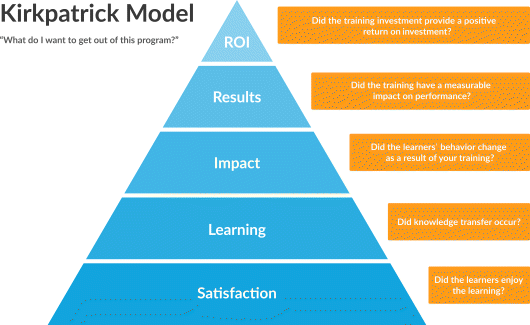Chapter 21How Do We Effectively Scale a Social Selling Program Company-Wide?
Growth is never by mere chance; it is the result of forces working together.
—James Cash Penney
Amplify and Scale
Scaling a Social Selling Mastery program within your organization is going to require empirical evidence of success. Yes, of course, one business unit will take a leap of faith to become a guinea pig for a pilot. But without quantifiable results, this is where we see projects hit a major wall. Although we covered measuring social selling success in Chapter 5, we must help the sales operations and sales enablement team capture indicators. Based on the corporate goals set forth before you began, you will align your leading, current, and lagging indicators to capture data necessary to determine if you've accomplished your goals. The most popular system to leverage is the Kirkpatrick Model, known for its “5 Evaluation Levels of Training Measurement.”

As I mentioned previously in the book, I often see sales enablement leaders focus their key performance indicators (KPIs) on the first level of the Kirkpatrick Model—satisfaction. These leaders measure the value of skill-based training using feedback surveys. While this information is valuable to shape future versions of a training program, it doesn't help determine if sales goals have been met.
Of course we want ROI data, but the realities and ...
Get Social Selling Mastery now with the O’Reilly learning platform.
O’Reilly members experience books, live events, courses curated by job role, and more from O’Reilly and nearly 200 top publishers.

